
Vueron Newsletter
No. 81
2024.01.16
| DeepRoute to fit its autonomous driving solution that doesn’t rely on HD maps into consumer cars in 2024 | ||
| Kodiak Launches Autonomous Military Prototype Vehicle | ||
| Satnavs and Google Maps to be updated in readiness for driverless cars | ||
| Lotus Eyes US Expansion for Self-Driving Tech at CES 2024 |
1. DeepRoute to fit its autonomous driving solution that doesn’t rely on HD maps into consumer cars in 2024
-
- Alibaba-backed DeepRoute plans to introduce its autonomous driving solution in consumer cars in 2024, aiming to boost smart driving features in China.
- A partnership with Tencent involves creating smart driving cars without relying on high-definition (HD) maps.
- The joint solution, using DeepRoute-Driver 3.0 and Tencent’s standard definition maps, will debut in 2024 in sedans, SUVs, and MPVs, marking the first commercial implementation.
- DeepRoute, founded in 2019 and permitted for robotaxi testing in 2021, completed a $300 million Series B round led by Alibaba in 2021.
- Driver 3.0, released in 2023, doesn’t require HD maps, facilitating mass production for automakers, with two versions priced at $2,000 and $1,000.
- Standard definition maps offer broader coverage and lower costs than HD maps, according to DeepRoute.
- The company has tested Driver 3.0 in various cities and aims to expand its smart driving capabilities internationally.
- Smart driving is a key factor in Chinese EV purchases, with China leading in sales of vehicles with L2 and higher-level assisted-driving systems.
- In the first three quarters of 2023, China sold 810,000 such vehicles, surpassing the US and Germany, with 37 Chinese car brands offering L2+ systems.
- DeepRoute’s advancements reflect broader trends in the Chinese automotive industry, emphasizing autonomous driving capabilities and strategic partnerships.
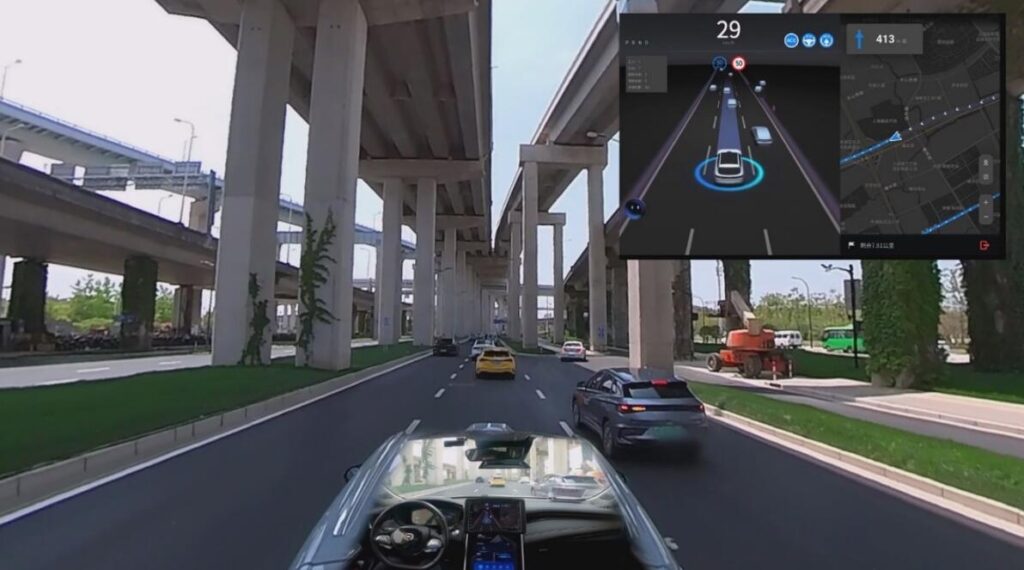
The collaboration between DeepRoute and Tencent aims to accelerate the adoption of smart driving features in China, utilizing standard definition maps. The implementation of autonomous driving solutions without reliance on HD maps is seen as a strategic shift towards L2+ smart driving solutions.
2. Kodiak Launches Autonomous Military Prototype Vehicle
-
- Kodiak Robotics introduced its first autonomous test vehicle for the U.S. Department of Defense, utilizing a Ford F-150 equipped with Kodiak’s autonomous system, the Kodiak Driver.
- The Kodiak Driver is designed to operate in complex military environments, diverse operational conditions, and areas with degraded GPS, handling off-road variables such as rocks, dust, mud, and water.
- The autonomous system allows remote operation of vehicles when necessary, showcasing versatility and portability for integration into various vehicle types.
- Kodiak demonstrated the adaptability of the Kodiak Driver by integrating it into the new vehicle in less than six months, emphasizing the modular and vehicle-agnostic nature of the autonomous system.
- The vehicle runs the same software as Kodiak’s autonomous long-haul trucks and features DefensePods, swappable SensorPods adapted for defense applications, allowing quick field replacement.
- In December 2022, Kodiak secured a contract with the U.S. Department of Defense, specifically the Defense Innovation Unit, to develop demonstrator prototype autonomous ground vehicles, with options up to $50 million.
- Kodiak’s vehicle design aligns with the Army’s Product Manager Robotic Combat Vehicle program’s Software Acquisition Pathways strategy, enabling separate acquisition of hardware and software for optimal modernization.
- Two off-road-capable vehicles based on the Ford F-150 will be built and delivered as part of the contract, with testing initiated at a U.S. military base in November 2023.
- Successful testing will lead to the incorporation of Kodiak’s autonomous system into a purpose-built ground reconnaissance vehicle for military use.
- Kodiak’s prior use of semi-trucks for off-road testing contributes to refining on-road long-haul trucking technology, enhancing hardware resilience and the Kodiak Driver’s capability to handle dust, rocks, and obstacles.
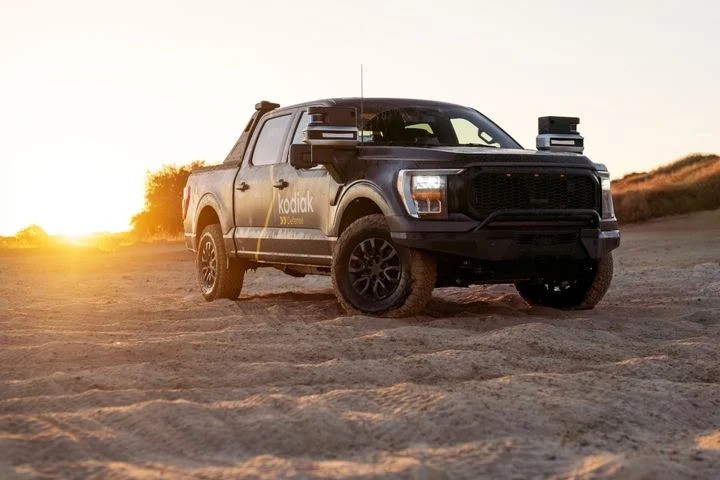
The emphasis on off-road capabilities showcases the potential for dual-use technology to revolutionize national security. The contract with the U.S. Department of Defense reflects the growing interest in autonomous technology for military purposes.
3. Ansys, NVIDIA team up to test autonomous vehicle sensors
-
- Ansys AVxcelerate Sensors, a simulation software for autonomous vehicle (AV) sensors, is now available within NVIDIA DRIVE Sim, a scenario-based simulator for testing automotive AI.
- The integration allows engineers to simulate data from various AV sensors like cameras, lidar, radar, and thermal cameras within the NVIDIA DRIVE Sim, aiding in the development and testing of Advanced Driver Assistance Systems (ADAS) and AV systems.
- NVIDIA DRIVE Sim is based on NVIDIA Omniverse, an industrial digitization platform utilizing OpenUSD applications for universal scene description.
- Safety standards necessitate training and testing AI in AV systems on millions of edge cases and billions of road miles, a task impractical in the real world.
- Simulated environments become crucial for cost-effective and timely testing.
- The Ansys and NVIDIA integration enables testing of sensor and software performance in a digital world, predicting AV sensor performance through Ansys AVxcelerate Sensors’ simulations based on NVIDIA DRIVE Sim’s created digital worlds.
- The combination of Ansys AVxcelerate Sensors and NVIDIA DRIVE Sim offers a comprehensive environment for developers to test and validate AV technology, particularly in perception-related scenarios.
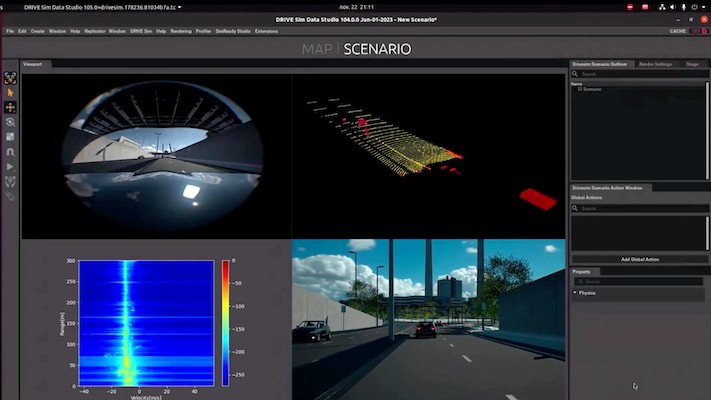
The integration of Ansys AVxcelerate Sensors with NVIDIA DRIVE Sim addresses the need for extensive testing of AV systems in simulated environments to meet safety standards and scale development.
4. Satnavs and Google Maps to be updated in readiness for driverless cars
-
- The UK government plans to update satnavs and Google Maps to include live data on road closures, parking restrictions, and temporary speed limits.
- Councils in England will be required to digitize all traffic regulation orders (TROs), including short-term traffic measures, to ensure the information is available digitally.
- Currently, many TROs are on paper and not automatically updated on digital systems, leading to inaccuracies in satnav systems.
- Roads Minister Guy Opperman will announce that the data will be uploaded to a central database, available online for satnavs and mapping services, and will also include parking space locations.
- Digitizing TROs is deemed crucial for providing accurate and up-to-date information for autonomous vehicles to operate safely on British roads.
- The initiative is part of the government’s broader plan for drivers, utilizing £8.3bn of funding initially earmarked for HS2 (high-speed rail).
- The move is seen as prioritizing driving over active travel, aligning with the government’s emphasis on supporting motorists.
- The digitalization of traffic information aims to alleviate driver frustrations and ensure they have the latest travel information.
- The Department for Transport (DfT) expects the database to be operational by 2025.
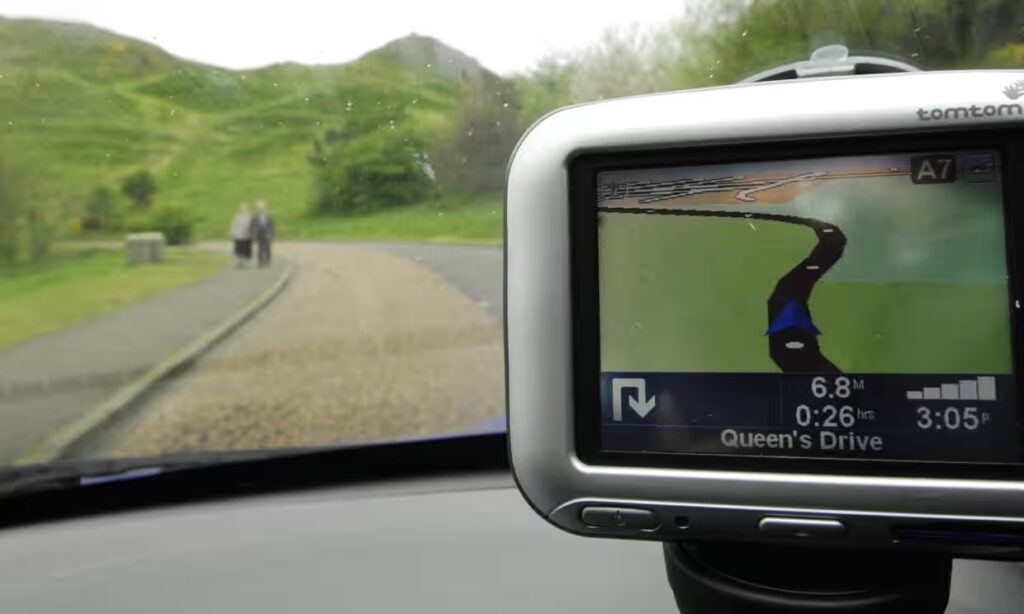
Digitizing traffic regulation orders (TROs) is a key step, as it addresses the challenge of outdated information in current systems and ensures accuracy for both traditional and autonomous vehicles. The move is not only aimed at improving current navigation experiences but is forward-looking, considering the importance of accurate and up-to-date information for the safe operation of autonomous vehicles.
5. Lotus Eyes US Expansion for Self-Driving Tech at CES 2024
-
- Lotus Robotics plans to expand its presence in North America in 2024 and showcased its latest autonomous technology in the United States for the first time at CES.
- The self-driving arm of Lotus, known for sports cars, demonstrated its autonomous expertise on the electric hyper-SUV, the Eletre, targeting Level 4 full autonomy when regulatory conditions allow.
- Lotus Robotics aims to attract other companies interested in implementing self-driving technology and presents various solutions at CES.
- “ROBO Soul” is a full self-driving software stack that can be integrated into any vehicle, offering up to Level 4 self-driving capabilities for cars to drive and park themselves in specific operational design domains.
- It is supported by “ROBO Galaxy,” a suite of cloud-based tools enabling efficient fleet management by analyzing data collected from sensors, allowing continuous learning and improvement of self-driving capabilities.
- Lotus Robotics highlighted “ROBO Matrix” tech, using real-time monitoring to provide remote assistance when necessary.
- The showcased hardware includes the modular “V1 chassis,” designed to work with the autonomous driving software, offering claimed unlimited scalability.
- Lotus Robotics is not exclusively focused on road tech; it introduced the “Robocube,” an intelligent cleaning robot with Level 4 autonomous driving software, allowing it to operate on sidewalks.
- The company sees the U.S. as a key market for its self-driving technology, anticipating strong demand in 2024 and beyond.
- Lotus Robotics recently received approval to test the Eletre’s Level 3 automated driving capabilities on designated highways near Shanghai, China.
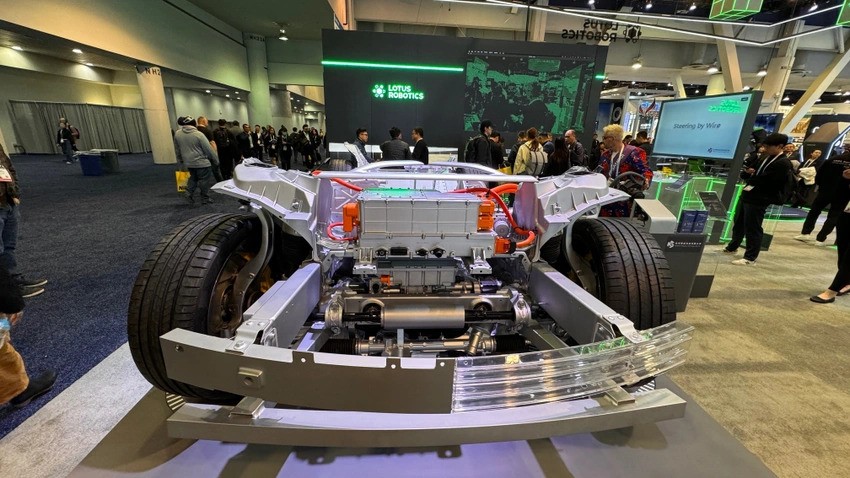
Lotus Robotics demonstrates its commitment to autonomous driving technology, showcasing software solutions, modular hardware, and applications beyond traditional road vehicles. The emphasis on Level 4 autonomy reflects the company’s ambition for advanced self-driving capabilities, allowing cars to handle specific operational scenarios without human intervention.
*Contents above are the opinion of ChatGPT, not an individual nor company

